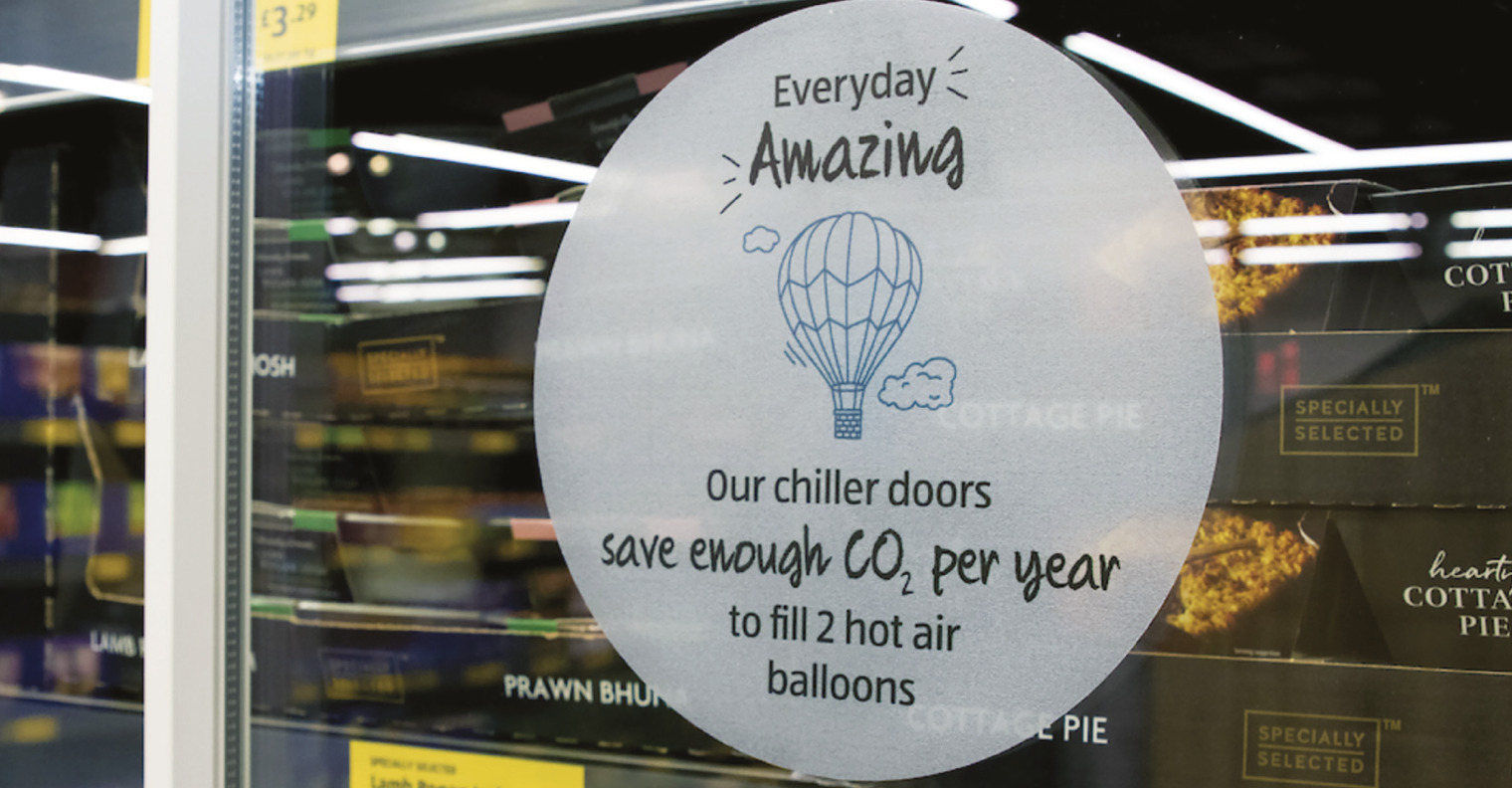Stores must make ‘fundamental’ changes to their business models to survive the energy crisis, with the average independent store needing to find nearly £15,000 in extra annual gross profit or savings to offset its impact.
The crisis in Ukraine has escalated the risk for retailers coming to the end of their energy contracts.
Energy broker Neil King, of Wiser Utilities, explained: “Many retailers hedged their bets that prices would go down in April, often taking out expensive bridging tariffs. Their gamble has not paid off and the rates are climbing. The day before the invasion, prices were as low as 20p per kWh night rate and 26p for day rate. Now, it’s 28p and 35p respectively. This isn’t going to be something stores can wait out.”
How to cut energy costs in your store and save money
Retailers with long memories remembered the last energy spike in 1973. betterRetailing associate editor Steve Denham was working for WHSmith at the time. He said: “Store managers had an energy budget, and when it was gone, it was gone. It meant switching off was the only way to manage. That meant taking lightbulbs out and cutting off air conditioning and heating. The staff room was the only place heated in the winter, and coats on the shopfloor coupled with a hot drink was the only way to manage.”
Ballymena shop owner Eugene Diamond added: “Even during the 1970s, when we had lots of trouble in Northern Ireland, we never saw anything like this.”
A survey of more than 10 store owners to have changed energy tariff in the past six months reveals the scale of the problem. The average store’s bill increased by 128% from £964 per month to £2,201. With ACS suggesting an average store margin of 22%, this equates to having to find an extra £1,298 in weekly sales just to stand still. The figures do not include the impact of April’s upcoming wage and National Insurance rises.



Comments
This article doesn't have any comments yet, be the first!